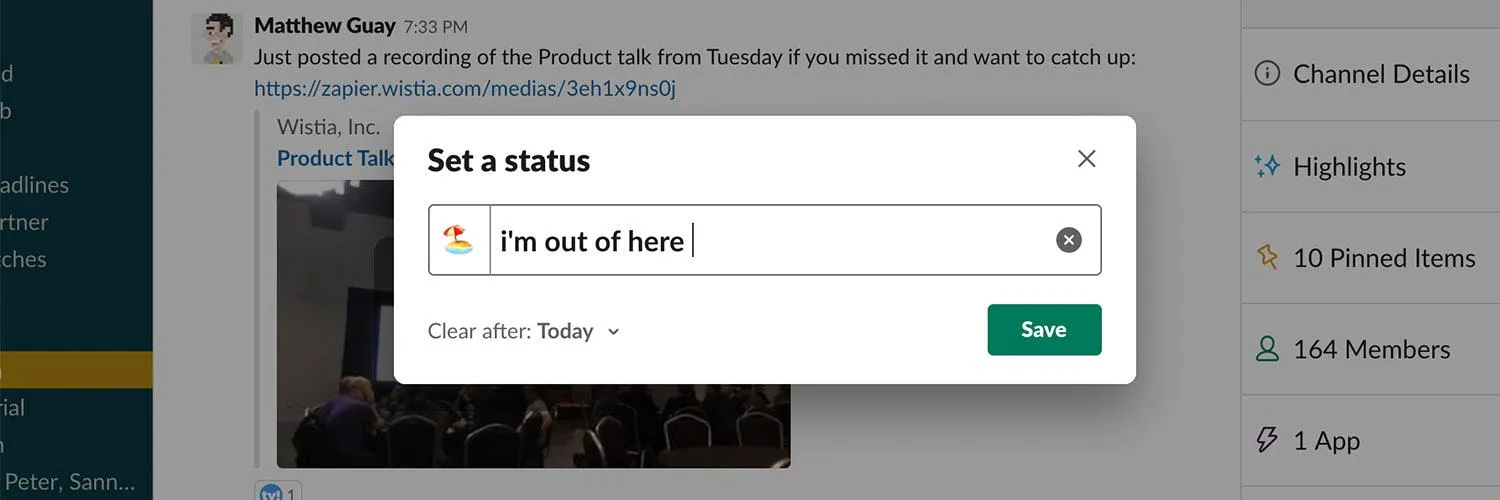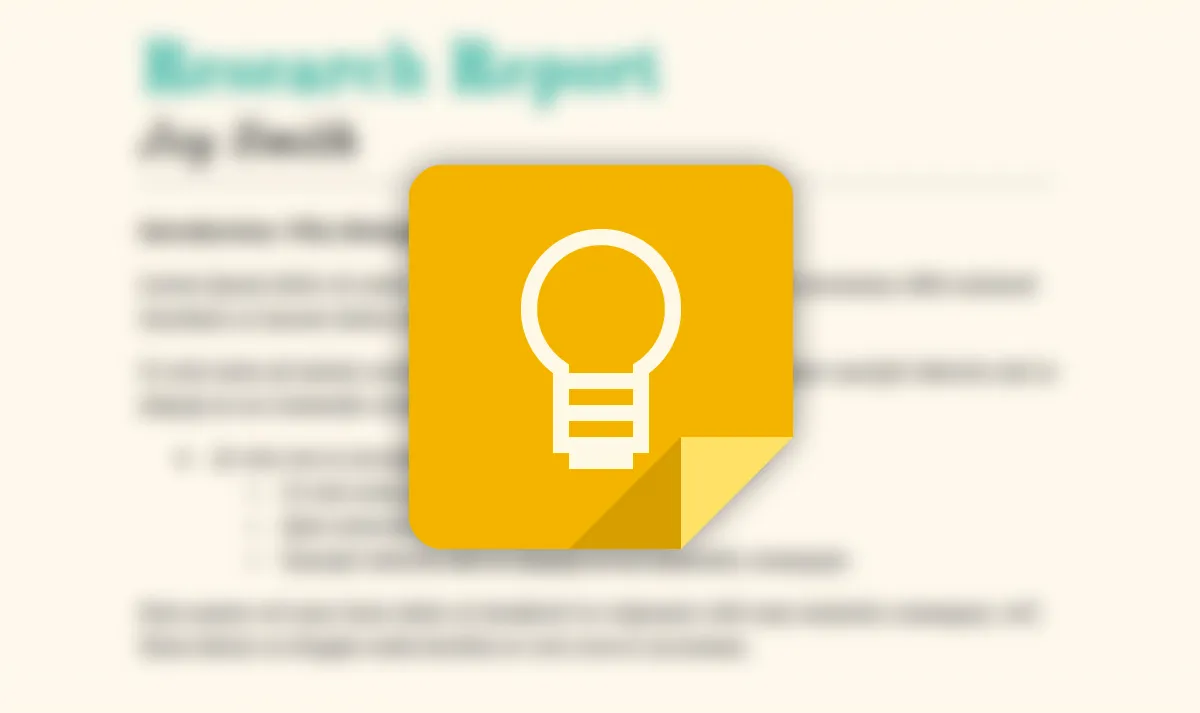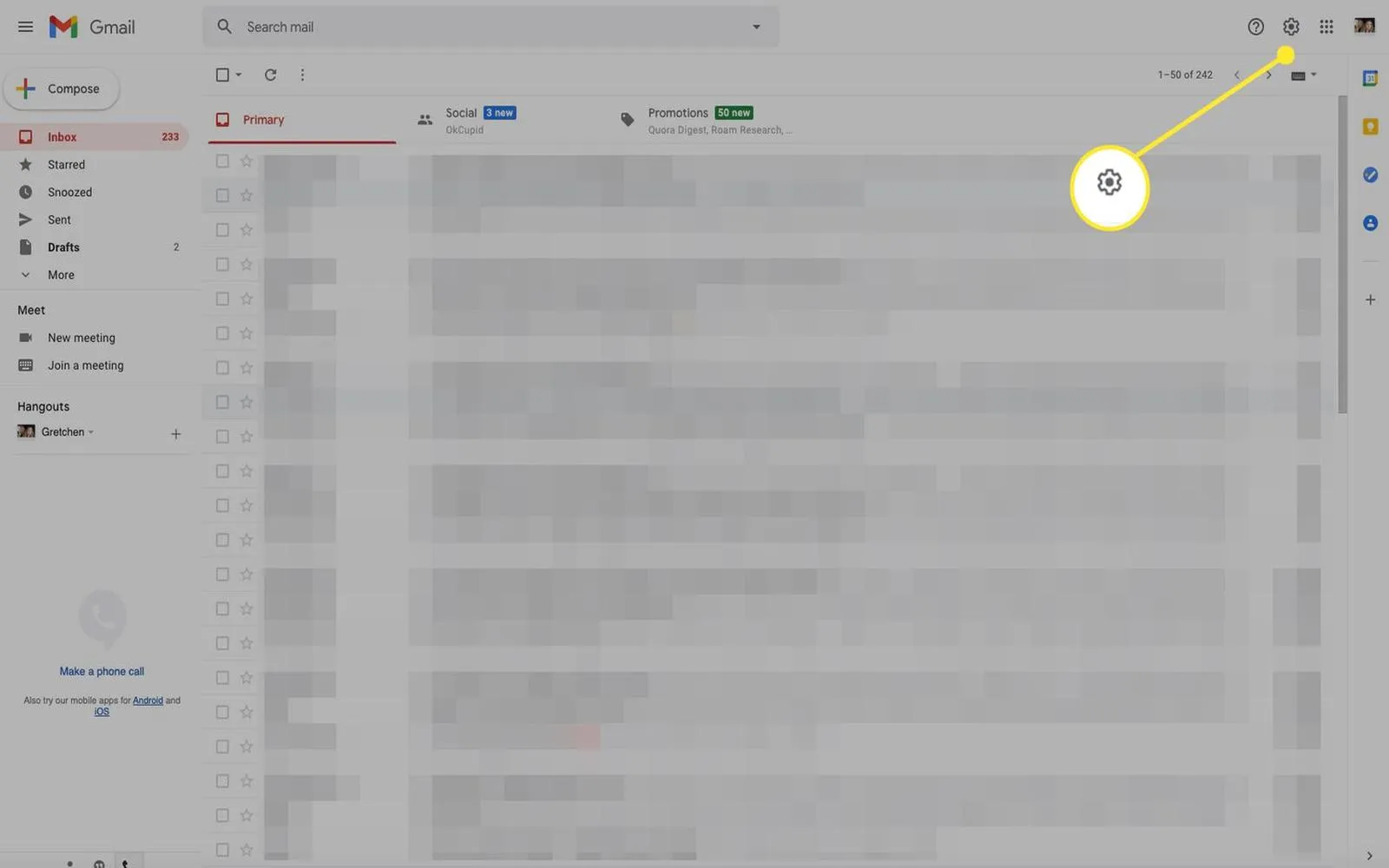Understanding Autoreplies in Slack
Slack is a powerful communication tool utilized by teams to enhance collaboration and streamline workflows. One of its standout features is the ability to set up autoreplies, which can significantly improve response times and ensure that team members are not left hanging when someone is unavailable. In this article, we'll walk you through the process of creating autoreplies in Slack, focusing on how to customize them to fit your team's needs.
Why Use Autoreplies?
Setting up autoreplies in Slack can help maintain clear communication among team members. Here are a few benefits:
- ''Improved Response Times'': Autoreplies ensure that others know when you are unavailable and when they can expect a response.
- ''Better Team Coordination'': Team members can plan their tasks without waiting indefinitely for replies.
- ''Professionalism'': Autoreplies present a polished image of your organization and its communication standards.
Steps to Create Autoreplies in Slack
Creating autoreplies in Slack is a straightforward process. Follow these steps to set up your autoreplies effectively:
Step 1: Access Your Profile
Navigate to your profile in Slack. Click on your profile picture in the top right corner, and select “''Profile''” from the dropdown menu.
Step 2: Set Your Status
In your profile window, you will see the option to set your status. Click on “''Set a status''.” Here you can choose an emoji and enter a custom message that reflects your availability.
Step 3: Customize Your Autoreply Message
Your autoreply message should be concise and informative. It’s essential to communicate your unavailability clearly. Here’s a template you can use:
| Availability Status | Autoreply Message |
|---|---|
| In a meeting | “I’m currently in a meeting and will get back to you as soon as I’m available.” |
| On vacation | “I’m on vacation until [return date]. Please reach out to [alternative contact] for urgent matters.” |
| Out for the day | “I’m out for the day but will respond to your message when I return.” |
Step 4: Duration Setting
After setting your status, you can choose how long you want this autoreply to be active. This is important as it ensures your message is relevant and up-to-date. You can set it to clear automatically after a few hours or days.
Step 5: Notify Team Members
Consider informing your team about your autoreply settings, especially if you are going to be unavailable for an extended period. This helps in managing expectations and encourages them to look for alternatives if necessary.
Advanced Autoreply Options
If you want to take your autoreplies to the next level, consider integrating third-party tools or Slack apps that allow for more sophisticated autoreply functionalities. Tools like ''Zapier'' can connect Slack with other applications to automate responses based on certain triggers.
Common Use Cases for Autoreplies in Slack
Understanding when to use autoreplies can enhance their effectiveness. Here are some common scenarios:
- During ''team meetings'' to inform others of your temporary unavailability.
- When you are ''traveling'' or out of the office, letting colleagues know when you will return.
- For ''holidays'' or extended breaks, providing an alternative contact for urgent issues.
- While working on ''high-priority tasks'', indicating that you may be slow to respond.
Best Practices for Creating Effective Autoreplies
To maximize the effectiveness of your autoreplies, keep these best practices in mind:
- Be ''concise'': Keep your message short and to the point.
- Include an ''alternative contact'' if applicable, so urgent issues can still be addressed.
- Regularly ''update'' your autoreply to reflect your current status.
- Use ''polite language'' to maintain professionalism, even in your absence.
Conclusion
Creating autoreplies in Slack is a simple yet effective way to enhance communication within your team. By following the steps outlined above and adhering to best practices, you can ensure that your colleagues are informed of your availability and can plan their work accordingly. Implementing these autoreplies will not only improve your personal productivity but also contribute positively to your team's overall workflow.





